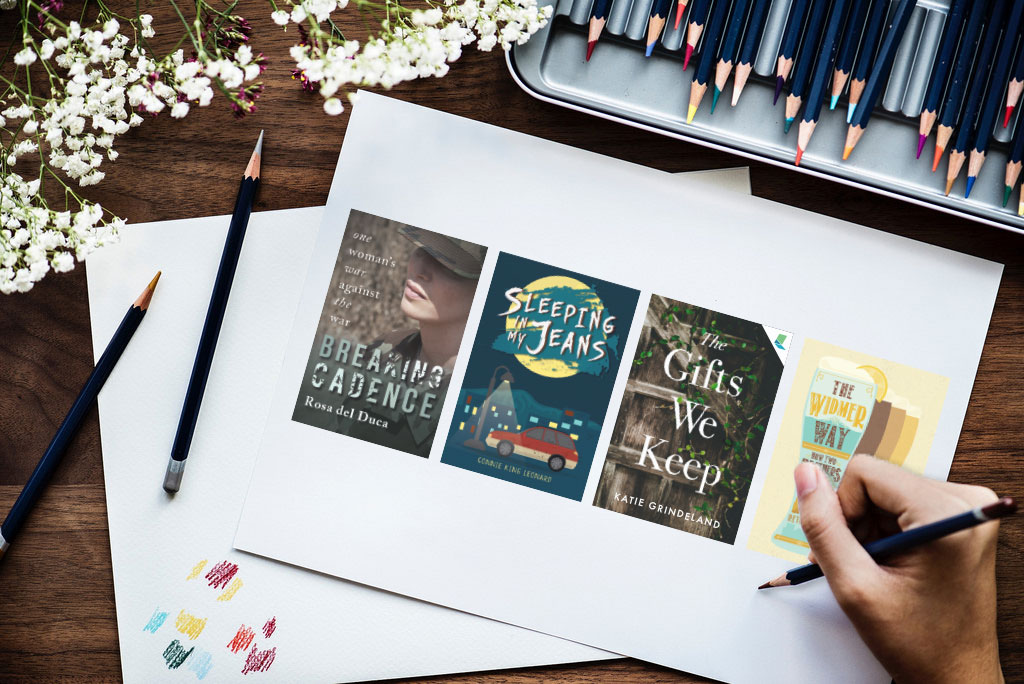In addition to being Design Manager, I am also a graduate teaching assistant for the PSU English Department, where I teach 100- and 200-level writing courses. As I was preparing one presentation for my undergraduate class and another for an Ooligan design lesson, I realized I was essentially asking the same questions of both groups of students, even though they were doing two completely different tasks: one a persuasive research paper, and the other creating book cover concepts for our Fall 2019 title, Odsburg. While the wording and specifics varied for each group, the questions I posed came down to two main ideas: audience and context.
No matter how brilliant a piece of writing is, if it doesn’t know who the audience is or doesn’t give enough context about its subject, the writing fails to be read, understood, and shared. It fails to communicate. The same holds true for book design. As a consumer, you have opinions on the thousands of designs you are shown every day on your phone, on your commute, at work, and on TV. You know what catches your attention and what doesn’t. Similarly, in a market saturated with millions of book covers, the job of a book designer is not to reach everyone, but to reach the readers most likely be interested in the book. One of the worst things we can do as designers is miss our target audience or mislead readers about the contents of our books.
That’s where looking at book design as a rhetorical situation comes in. All this means is that we consider how a book cover might communicate its message from designer to reader in a way that allows the reader to make a connection with the book. Many people think design is all about choosing trendy colors and cool fonts and mastering the Adobe Suite, and while these are important skills, they’re not what makes an effective design. Before I even open a sketchbook, I ask myself two questions: what does the reader need to understand about the book (context), and what does the book visually need to attract the right reader (audience)? Once you’ve determined these two answers, you can consider surface details—what imagery, fonts, and colors will facilitate those larger themes—but these choices will be easier if you already know what this design is trying to do and for whom. To bring this conversation back to writing, this is your thesis. Trying to write a paper without that foundation will never be as cohesive or as persuasive as it could be.
Another similarity between being a designer and a writer is knowing how to ask questions— of your design, of the book—that will help you get a better sense of the project before you. Who is this book for? Who is this book not for? When someone sees this book cover, what should their overall impression be? If they only see it for two seconds or as a two-inch preview on their screen, what is the one thing I want them to understand or remember? If I had to describe this cover to a person over the phone, what adjectives and other descriptors would I use?
Sure, it’s so much easier to improvise a few ideas and hope you come out of it with something you like. There’s nothing wrong with that! Some of the best ideas are born that way. But the more intentionally you ask questions about context and audience, the stronger your compositions will be right from the start, because you’ll already know how each and every new design element will contribute to your message.
Remember that understanding how to approach book design rhetorically means that first, you’re asking yourself questions about your reader, and second, that you’re answering those questions with what the book needs in order to be found by the right person. You have the potential for wonderful, clever ideas for your next book cover. But if it’s going to last, you’ll need to see those ideas through the reader’s perspective first.

